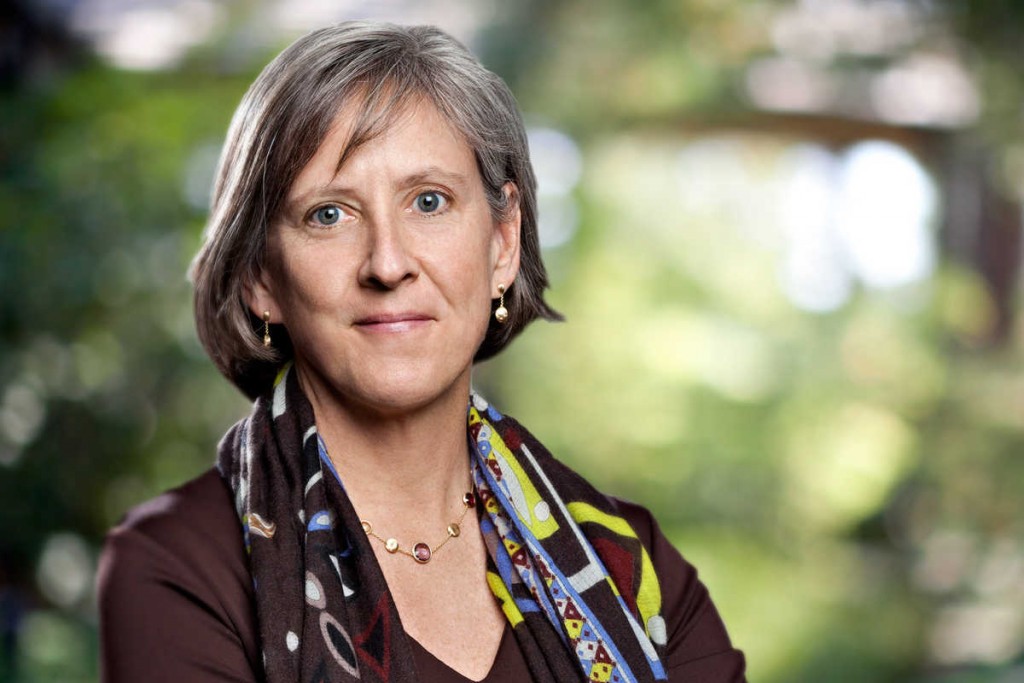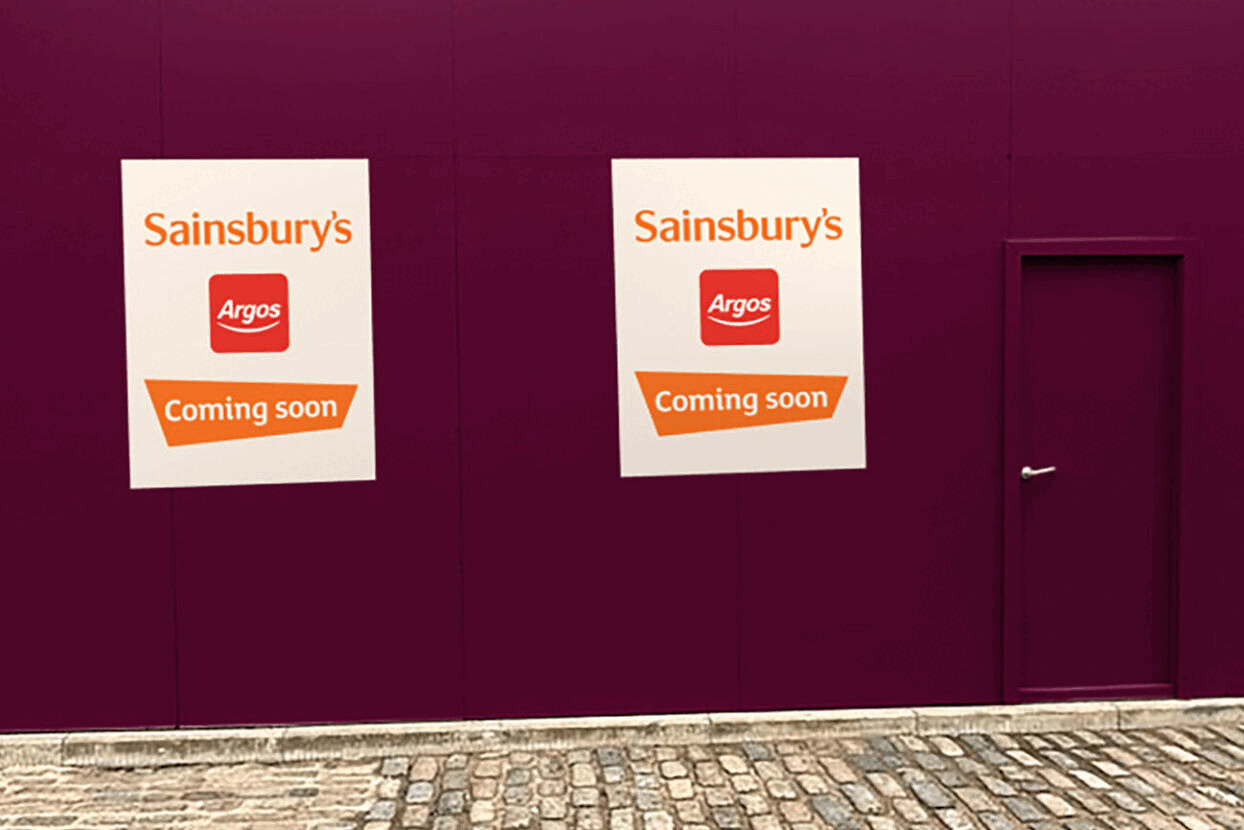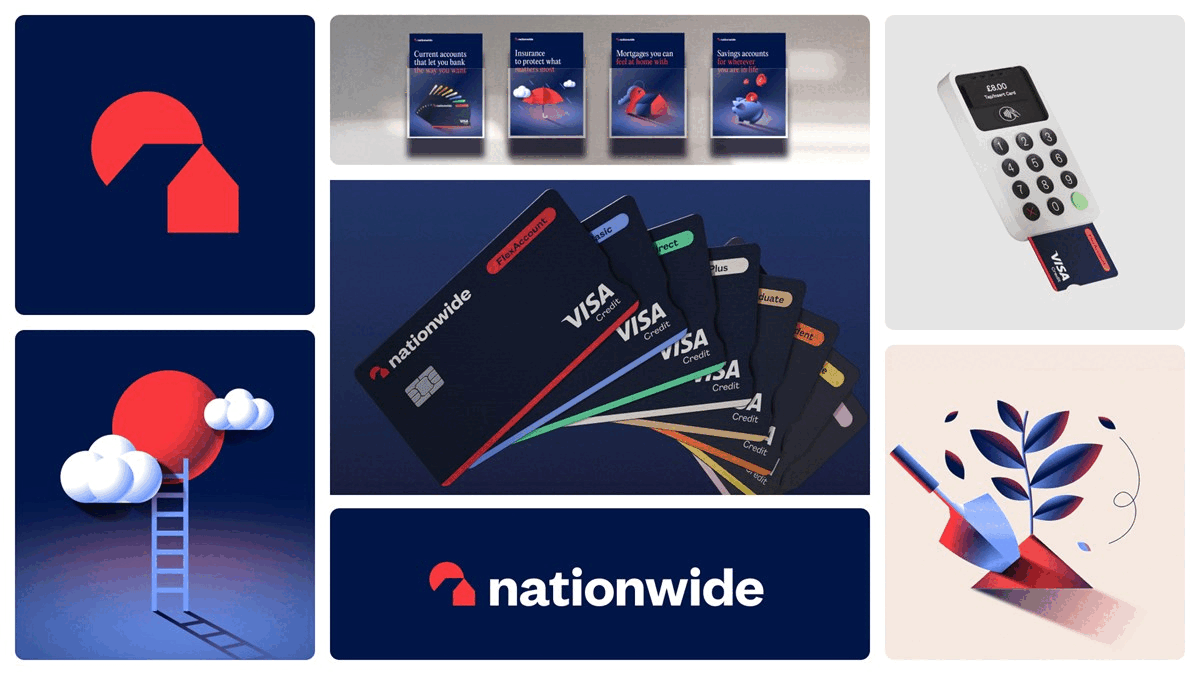Mary Meekers 2016 Report: Mobile Matures
- Thursday, June 2nd, 2016
- Share this article:
 Every year, the Internet Trends report by Mary Meeker of Kleiner Perkins Caulfield & Byers identifies the key patterns currently happening in the digital world, and points out the most important emerging trends and companies.
Every year, the Internet Trends report by Mary Meeker of Kleiner Perkins Caulfield & Byers identifies the key patterns currently happening in the digital world, and points out the most important emerging trends and companies.
This year was no different, as Meeker addressed a maturing smartphone market, with user growth dropping from 31 per cent year-on-year to 21 per cent, and growth in global smartphone shipments down by two thirds. Androids market share continues to increase compared to iOS, with Android up seven per cent year-on-year while iOS dropped by 11 per cent.
After five years of extremely high growth, the global smartphone market is beginning to settle as markets once considered developing are now reaching high levels of smartphone adoption. With 277m users, India has passed the USA to become the second largest Internet market worldwide, thanks largely to smartphones.
As areas with high mobile penetration become more common, those where there is still huge potential for growth become tougher to crack, often due to barriers like infrastructure, literacy, economics or the incentive to go online.
Looking at the overall economic picture, Meekers report warned that declining interest rates, rising government debt, slowing growth rates and aging populations all pointed towards much slower economic growth, with several drivers from the past few decades beginning to wear off.
However, such an economy creates opportunities for businesses that innovate and increase efficiencies, lowering prices and creating jobs, and the internet and mobile can be at the core of this.
Focusing on the US and internet advertising, growth is accelerating, with revenues up 20 per cent year-on-year, compared to 16 per cent last year, with mobile responsible for the majority of the growth.
Google and Facebook are responsible for 76 per cent of all internet advertising growth in the US, and rising, with Google revenues up 18 per cent year-on-year, Facebook up a massive 59 per cent, and other players seeing 13 per cent growth.
While ad spend measured against time spent is starting to level out, the industry remains heavily over-indexed in print and under-indexed in mobile, with a $22bn (£15bn) opportunity in mobile existing in the US market.
Addressing ad blocking, the report echoed PageFairs call-to-arms to create better ads, pointing to 220m consumers blocking ads on desktop and a predicted 420m on mobile as a sign that advertising wasnt being used efficiently or in ways that addressed consumer concerns.
Focusing on retail, eCommerce continues to grow as a retail distribution channel, accounting for 10 per cent of total retail sales compared to less than two per cent in 2000. Transforming patterns of technology and distribution are breaking down the walls between products, brands and retailers, while hyper-targeted, intent-based marketing via social media drives growth in retail. The speed of the internet means that brands are able to reach $100m in annual sales in under five years, compared to nine year for Lululemon and 14 years for Nike.
 Video continues to be a huge tool online, with Facebooks daily video views increasing eightfold between Q3 2014 and Qs 2015, to 8bn, while Snapchat surpassed even that, growing from 2bn in Q1 2015 to 10bn in Q1 2016. Smartphone usage increasingly involves the camera in storytelling, messaging and creativity, with apps such as Snapchat finding ways to meet and drive this demand in users.
Video continues to be a huge tool online, with Facebooks daily video views increasing eightfold between Q3 2014 and Qs 2015, to 8bn, while Snapchat surpassed even that, growing from 2bn in Q1 2015 to 10bn in Q1 2016. Smartphone usage increasingly involves the camera in storytelling, messaging and creativity, with apps such as Snapchat finding ways to meet and drive this demand in users.
Meeker even pointed to the recent viral video from Facebook Live of a mother in the US trying on a Chewbacca mask. The video had amassed 153m views at the point the report was published, and Kohls, the store where the mask was bought (which was mentioned twice in the four minute video) saw its app shoot to the top of the iOS App Store chart in the US.
Voice interaction also merited a mention, with stats showing that 20 per cent of searches on an Android phone and 25 per cent of those via the Windows 10 taskbar are carried out via voice, with scientists at Baidu predicting that 50 per cent of all searches will involve voice or images by 2020.
Chinas place in the internet economy warranted its own section, as the country transitions to a service economy and internet access in the country nears 50 per cent. Tech giants Tencent, Alibaba and Baidu dominate the countrys online landscape, accounting for 71 per cent of all time spent on mobile phones, with Tencents top two apps (WeChat and QQ) comprising 45 per cent by themselves.
As the internet and mobile gains traction in China, most economic indicators compare favourably to the US, including advertising, commerce, travel and financial services. Spending on online advertising comprises a greater percentage in China compared to the US (42 per cent versus 39 per cent) and Chinas top pure-play eCommerce companies dominate the retail market in the country, compared to Amazon, which ranks fifth in US revenues.
China is also ahead when it comes to blending retail and social, with 31 per cent of WeChat users having made a purchase through the service, up from 15 per cent last year. Purchases are split fairly evenly between four channels: apps hosted within WeChat, public accounts that can facilitate commerce, deeplinks to other apps and products recommended by other friends or in group chats.
As always, Meekers report will continue to be picked over by experts for the next few weeks, as industries as diverse as tourism, automotive manufacturing and digital security look to see what trends are likely to influence them over the next few years.

















